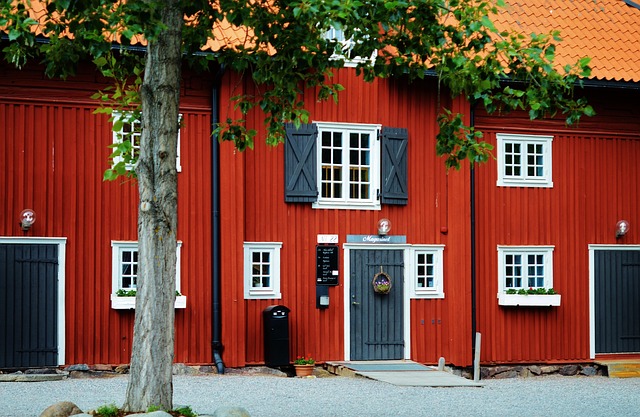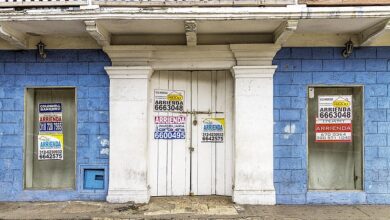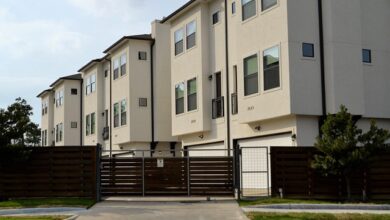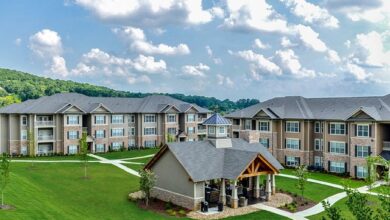What Does Homeowners Insurance Cover in the UK? A Complete Guide

Introduction
Homeowners insurance, often referred to as home insurance , is a vital safeguard for protecting your property and belongings against unforeseen events. In the UK, homeowners insurance typically combines two main components: buildings insurance (covering the structure of your home) and contents insurance (covering your personal possessions). While not legally required, it’s highly recommended for homeowners to ensure financial protection in case of damage, theft, or other risks.
This comprehensive guide will explore what homeowners insurance covers in the UK, its key components, exclusions, and tips for choosing the right policy.
Key Components of Homeowners Insurance
Homeowners insurance in the UK generally consists of two primary types of coverage:
1. Buildings Insurance
Buildings insurance protects the physical structure of your home, including:
- Walls, roofs, and foundations
- Permanent fixtures like kitchens, bathrooms, and fitted wardrobes
- Garages, sheds, and outbuildings
- Pipes, cables, and wiring within the property
This type of insurance is essential if you own your home outright or have a mortgage, as lenders typically require buildings insurance as a condition of the loan.
2. Contents Insurance
Contents insurance covers your personal belongings inside the home, such as:
- Furniture, appliances, and electronics
- Clothing and jewelry
- Decorative items like paintings or rugs
- Valuables like laptops, tablets, and cameras
Contents insurance also extends to items temporarily taken outside the home, such as laptops or bicycles, though additional coverage may be needed for high-value items.
What Does Homeowners Insurance Cover?
The specific coverage provided by homeowners insurance varies depending on the policy, but most standard policies include the following:
1. Damage to Your Property
Homeowners insurance typically covers damage caused by:
- Fire : Including smoke damage.
- Floods and Storms : Damage from heavy rain, wind, or flooding.
- Burst Pipes : Water damage resulting from frozen or burst pipes.
- Subsidence : Ground movement that causes structural damage (often subject to specific conditions).
- Impact : Damage caused by vehicles or falling objects (e.g., trees).
2. Theft and Vandalism
- Theft : Losses due to burglary or attempted break-ins.
- Vandalism : Deliberate damage to your property or belongings.
3. Accidental Damage
Some policies include accidental damage as standard, while others offer it as an optional extra. This covers incidents like:
- Spilling paint on carpets
- Breaking windows or tiles
- Damaging plumbing or electrical systems
4. Liability Protection
Homeowners insurance often includes liability coverage, which protects you if:
- Someone is injured on your property and sues for damages.
- You accidentally cause damage to someone else’s property.
5. Alternative Accommodation
If your home becomes uninhabitable due to an insured event (e.g., fire or flood), many policies cover the cost of temporary accommodation while repairs are being made.
6. Personal Possessions Outside the Home
Contents insurance often extends to items taken outside the home, such as:
- Laptops, phones, and tablets
- Bicycles
- Jewelry (up to a specified limit)
For high-value items, you may need to add them to your policy as “specified items” with individual coverage limits.
What Isn’t Covered by Homeowners Insurance?
While homeowners insurance provides extensive protection, there are several exclusions and limitations to be aware of:
1. General Wear and Tear
Damage caused by aging, lack of maintenance, or gradual deterioration is not covered. For example:
- Cracked walls due to poor upkeep
- Leaking roofs caused by old, worn-out materials
2. Floods in High-Risk Areas
Standard policies may exclude flooding in areas deemed high-risk. In such cases, you may need to purchase additional flood insurance through the Flood Re scheme, a government-backed initiative designed to make flood insurance more affordable.
3. Subsidence
While some policies cover subsidence, they often come with strict conditions, such as requiring evidence of prior ground stability assessments.
4. Intentional Damage
Damage caused deliberately by the homeowner or their family members is not covered.
5. Unoccupied Properties
If your home is left unoccupied for an extended period (usually 30+ days), coverage may be restricted unless you inform your insurer and pay an additional premium.
6. High-Value Items
Valuable possessions like expensive jewelry, art, or antiques may exceed the standard coverage limits. You’ll need to declare these items and pay extra for adequate protection.
7. Business Equipment
Homeowners insurance typically doesn’t cover equipment used for business purposes unless specifically added to the policy.
8. Natural Disasters
Certain natural disasters, such as earthquakes or landslides, are often excluded unless explicitly included in your policy.
Types of Homeowners Insurance Policies
In the UK, homeowners insurance policies are typically categorized into three levels of coverage:
1. Basic Coverage
- Covers essential risks like fire, theft, and certain types of water damage.
- Often excludes accidental damage and high-value items.
2. Standard Coverage
- Includes all basic coverage plus accidental damage and liability protection.
- May offer limited coverage for high-value items.
3. Comprehensive Coverage
- Provides the highest level of protection, covering a wide range of risks.
- Includes accidental damage, liability, and alternative accommodation.
- Allows for customization with add-ons like flood insurance or coverage for valuable possessions.
How Much Does Homeowners Insurance Cost?
The cost of homeowners insurance depends on several factors, including:
- Location : Homes in high-crime or flood-prone areas tend to have higher premiums.
- Property Value : The rebuild cost of your home (not its market value) determines buildings insurance costs.
- Contents Value : The total value of your belongings affects contents insurance premiums.
- Security Features : Homes with alarms, locks, and CCTV systems may qualify for discounts.
- Claims History : A history of frequent claims can increase your premiums.
- Policy Type : Comprehensive policies are more expensive than basic ones.
On average, homeowners insurance in the UK costs between £200 and £500 annually , though prices can vary significantly based on the above factors.
Tips for Choosing the Right Homeowners Insurance
To ensure you get the best coverage at a competitive price, follow these tips:
- Assess Your Needs : Calculate the rebuild cost of your home and the value of your belongings to determine how much coverage you need.
- Compare Quotes : Use comparison websites to evaluate offers from multiple insurers.
- Check Exclusions : Read the policy terms carefully to understand what’s covered and what’s excluded.
- Bundle Policies : Combining buildings and contents insurance with the same provider often results in discounts.
- Add Optional Extras : Consider adding accidental damage, flood insurance, or high-value item coverage if needed.
- Review Regularly : Update your policy annually to reflect changes in your home’s value or possessions.
Common Mistakes to Avoid
When purchasing homeowners insurance, avoid these common pitfalls:
- Underestimating Coverage Needs : Failing to insure your home for its full rebuild cost can leave you underinsured in the event of a claim.
- Ignoring Exclusions : Not understanding what’s excluded from your policy can lead to unexpected expenses.
- Overlooking Security Discounts : Installing security features can reduce premiums, so take advantage of these savings.
- Skipping Add-Ons : Don’t assume your policy automatically covers high-value items or accidental damage—check and add extras if necessary.



